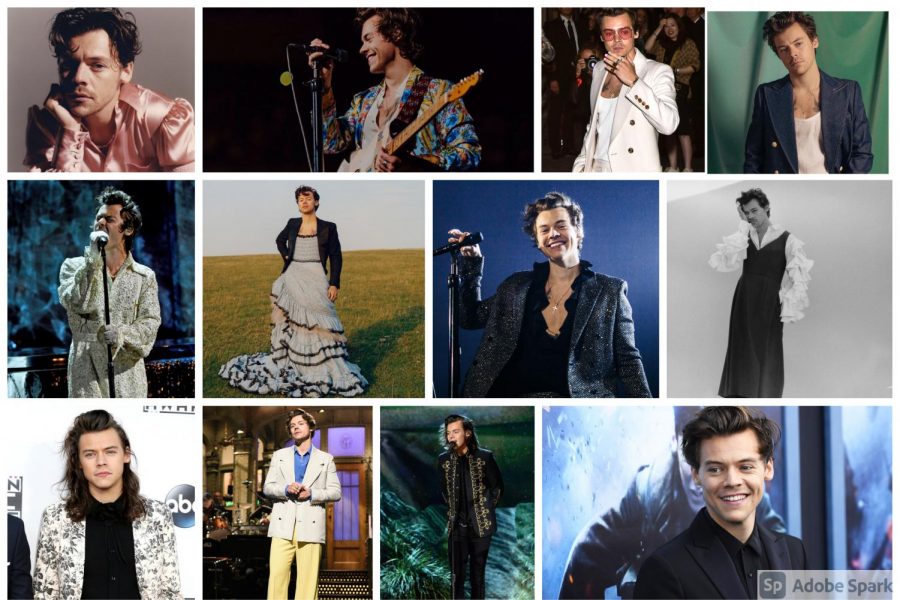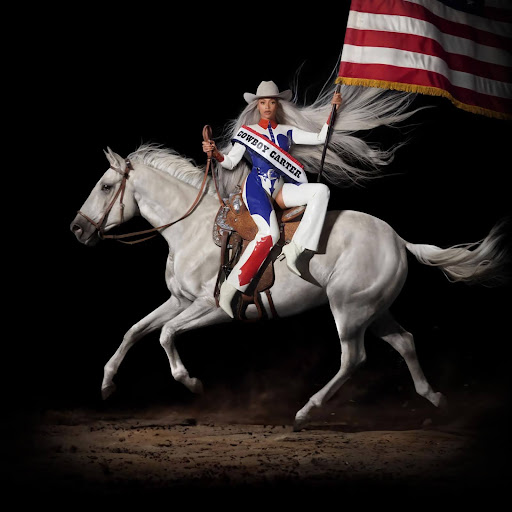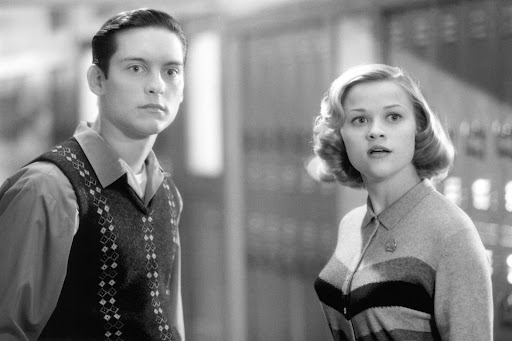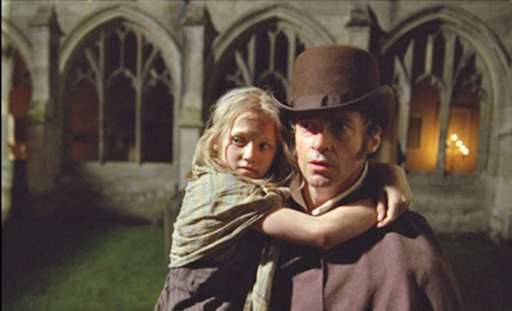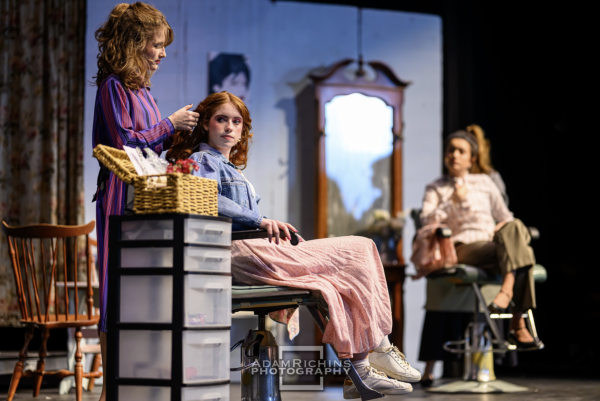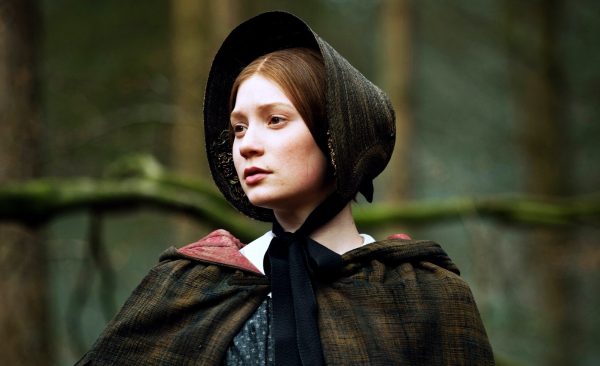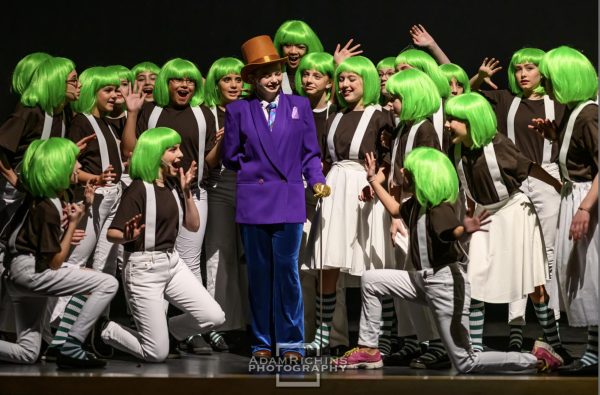Individualistic Fashion Expression Beyond Gender Stereotypes: Harry Styles on the Cover of Vogue
Harry Styles. You may recognize the name from reminiscing about old One Direction tunes or enjoying his solo chart-topping records such as “Watermelon Sugar,” “Adore You,” and “Sign of the Times.” Styles’ solo career has been on the rise ever since the debut of his self-titled album in 2017. His second studio album, Fine Line, released in December 2019, has accumulated a multitude of record-breakers and awards. Most recently, he has earned three nominations at the 62nd Annual Grammys scheduled to take place at the end of January 2021. If you know me, it’s no secret that I am overtly invested in everything Harry Styles. So you can imagine how excited I, like millions of other fans, was to see that Vogue’s December 2020 issue featured Styles on the cover. As a champion for whimsical fashion, Harry’s photoshoot in which he donned a Gucci-designed gown got the attention of people all over the world. Some were critical, but most were enthusiastic.
When asked about his fashion sense and clothing choice in the interview with Vogue, he shared his thoughts: “Clothes are there to have fun with and experiment with and play with. What’s really exciting is that all of these lines are just kind of crumbling away. When you take away ‘There’s clothes for men and there’s clothes for women,’ once you remove any barriers, obviously you open up the arena in which you can play. I’ll go in shops sometimes, and I just find myself looking at the women’s clothes thinking they’re amazing. It’s like anything—anytime you’re putting barriers up in your own life, you’re just limiting yourself. There’s so much joy to be had in playing with clothes. I’ve never really thought too much about what it means—it just becomes this extended part of creating something.” His Vogue photoshoot reflects his words. Styles, in partnership with fashion designer Harris Reed, adorned himself in outfits combining different pieces of clothing to create a unique and personal wardrobe. (see all pictures in article linked below)
However, Styles was also met with criticism for choosing to wear an extravagant gown on the cover. Political commentator and author Candace Owens immediately took to social media to share her thoughts about men wearing feminine clothing after seeing the cover. On November 14, a day after the cover shoot was released, Owens said on Twitter: “There is no society that can survive without strong men. The East knows this. In the West, the steady feminization of our men at the same time that Marxism is being taught to our children is not a coincidence. It is an outright attack. Bring back manly men.” This statement sparked, in Owens’ words, “global conversation,” as numerous people came to Styles’ defense while others eagerly agreed with Owen’s statement. Political commentator Ben Shapiro affirmed Candace Owens in his statement: “This is perfectly obvious. Masculinity and femininity exist. Outward indicators of masculinity and femininity exist in nearly every human culture. Boys are taught to be more masculine in virtually every human culture because the role of men is not always the same as the role of women. The POINT of Styles doing this photo shoot is to feminize masculinity. Otherwise why would it be headline-worthy for Styles to don a dress?”
Many others saw such statements and shared their support for Styles and for the general principle that dress is a personal style choice. Film-director Olivia Wilde, who recently began directing and shooting an upcoming film, Don’t Worry Darling, in which Styles will star as the main character, said in the Vogue article: “I hope that this brand of confidence as a male that Harry has is indicative of his generation and therefore the future of the world. It’s pretty powerful and kind of extraordinary to see someone in his position redefining what it can mean to be a man with confidence.” The Good Place star Jameela Jamil stated: “Harry Styles is plenty manly, because manly is whatever you want it to be.” She also pointed out that, in many non-Western cultures, traditional and casual clothing worn by men does not compare to stereotypical masculine clothing we see in Western culture.
Looking Glass Faculty Advisor and Humanities Department Coordinator Mrs. Whitlock added her thoughts on how clothing style is a personal choice that should reflect each person’s individuality:“Fashion is a unique reflection of personality. Some people focus on copying ‘a look’ to appropriate, and sometimes people who try on other looks cling to a stereotypical girly or boyish look. But really it’s about crafting a style that speaks for you and works for the different places you present yourself in your life.”
Maevis Fahey ‘21 reminded us of the bigger picture focus on Harry Styles’ contribution through his talent as a musician. She said: “Fine Line is arguably one of the most artful and impactful albums our generation has embraced in the past few years. Harry Styles’ music has brought so many together during this insane year. In my opinion, people should really remember that in the face of the division over his fashion choices.”
After naming Styles as “Hitmaker of the Year,” Variety Magazine released a photoshoot and interview with Harry Styles just a few weeks following the Vogue December Edition. In the interview, released December 2, Styles commented: “To not wear [something] because it’s females’ clothing, you shut out a whole world of great clothes. And I think what’s exciting about right now is you can wear what you like. It doesn’t have to be X or Y. Those lines are becoming more and more blurred.”
Owens took to Twitter and Instagram again to share her thoughts on Styles’ comments in a series of videos and tweets. She concluded: “Men cannot wear dresses and should not because they’re not allowed.” The other piece of criticism that emerged from the Vogue shoot comes from Indian-American author Alok Menon. They shared their thoughts on Instagram: “We can both acknowledge this unprecedented moment while also remembering that it could only happen because of the resistance of trans femmes of color. He is exercising that and giving permission for other people to do the same and that makes me so happy! I can both celebrate that and be cautious about the politics of representation. I truly hope that more trans femmes of color will be given roses, covers, recognition. I hope I can work with Harry and all people of all genders to degender fashion and create a world beyond the gender binary.”
Menon and Styles remind us that dress is an individual choice and that we should look for ways to celebrate self-expression rather than judge those who experiment with broader, less gender-defined clothing choices. Ultimately, we should embrace individualistic expression through style.
You can find the full article and interview here.
(Picture Credits: Variety Magazine; Mainline Menswear; Elle Magazine; Hélène Marie Pambrun; Daily Express UK (Getty); Vogue Magazine; Teen Vogue (Getty); The Guardian; Getty Press at 2015 AMAs; NBC SNL; Teen Vogue (Getty); Billboard (Getty)
Spandana Vagwala ‘22, Co Assistant Editor-in-Chief

